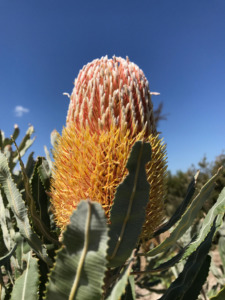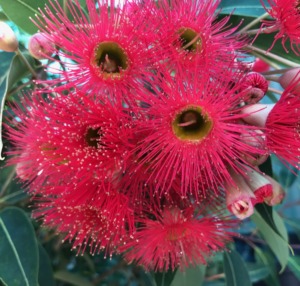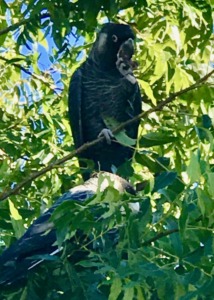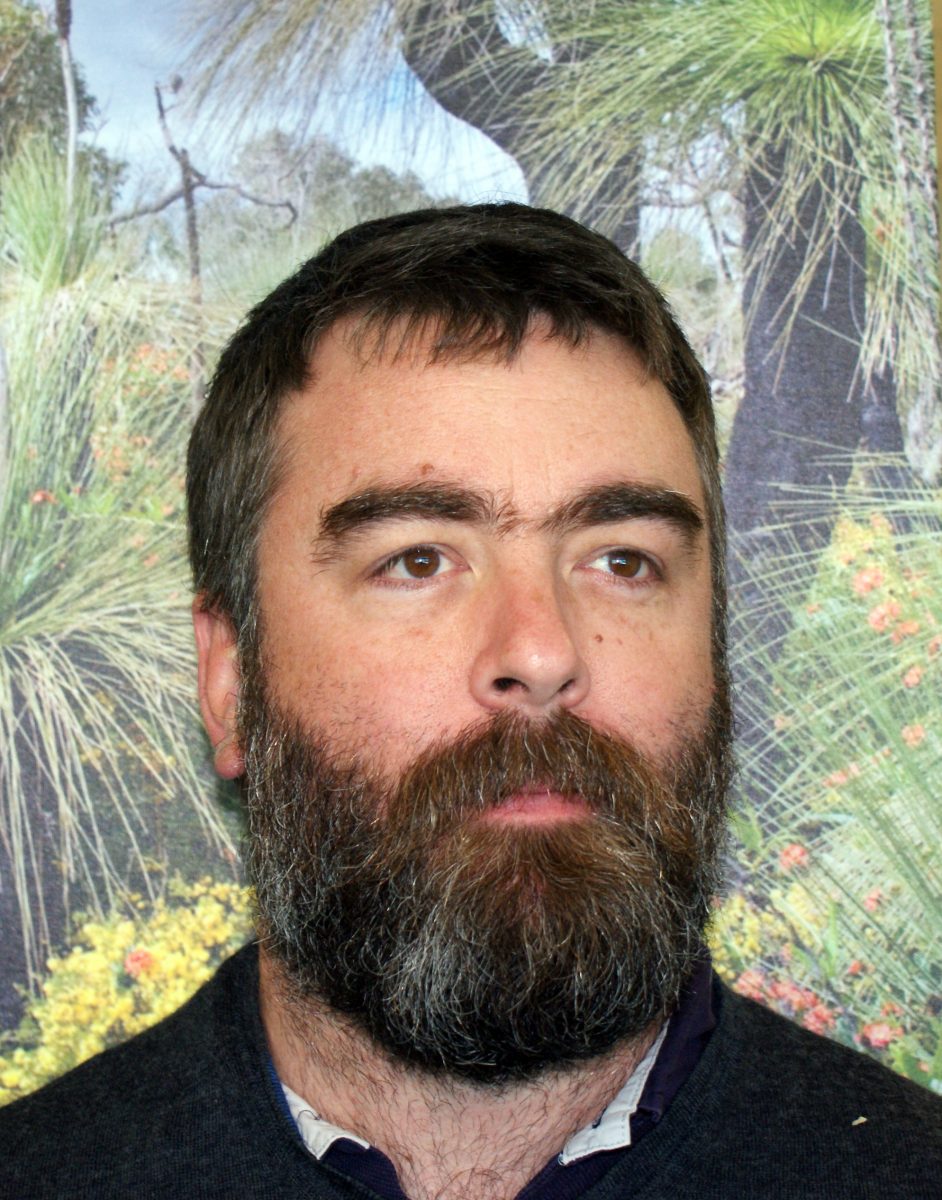What is permeability in the context of fragmentation, climate change and resilience?
Author: Luke McMillan, Perth NRM Environment Program Manager (May 2019)
 We already know that urban development and land clearing is a challenge for our native ecosystems, and there is hope that future developments will incorporate ‘wildlife corridors’, but our awareness of past mistakes and focus on future plans sometimes overshadows what we can do – right now, in and around our homes – to mitigate habitat loss and support our native species.
We already know that urban development and land clearing is a challenge for our native ecosystems, and there is hope that future developments will incorporate ‘wildlife corridors’, but our awareness of past mistakes and focus on future plans sometimes overshadows what we can do – right now, in and around our homes – to mitigate habitat loss and support our native species.
We’re going to ask you to join the 1%.
When development occurs, there is the immediate and obvious loss of habitat and wildlife. However, many people may not be aware there is a second wave of biodiversity loss which occurs as species are prevented from being able to move freely across the landscape to avoid threatening processes. This loss of freedom of movement is called ‘fragmentation’.
The ability to move across the landscape and find new, more hospitable habitats is critical for our wildlife to adapt to and survive threats including climate change, but unfortunately we have not grown and developed our city with ecological connectivity in mind. It can be very difficult and expensive to retrofit green corridors in a developed suburb.
The good news is that while urban landscapes do form barriers to species movement, some species are still able to move through highly altered landscapes, and some urban landscapes are more permeable to more species than others.
One of the most important groups of wildlife that need to move cross the landscape are the pollinators. Birds and insects play a special role in moving the genetic material of plants from place to place – they effectively allow plants to move around the landscape.
Even if we can’t install ecological corridors or stepping-stones, we can do a great deal to increase the permeability of our urban and suburban spaces by improving the habitat value of the landscape.
Whenever we can supply new food, water or shelter for our wildlife, even in a tiny courtyard or balcony, we are improving the habitat value of the broader landscape and improving the ability of animals and plants to move across the landscape.
 There are over 810,000 private dwellings and 32,000km of local urban road verges in Perth[1]. If only 1% of local road verges were converted from lawn to a habitat garden and 1% private dwellings installed a banksia, a birdbath or a bee hotel, this could provide an additional 100 hectares and 8,100 new points of habitat scattered across the metro area, providing very valuable connections between remnant vegetation.
There are over 810,000 private dwellings and 32,000km of local urban road verges in Perth[1]. If only 1% of local road verges were converted from lawn to a habitat garden and 1% private dwellings installed a banksia, a birdbath or a bee hotel, this could provide an additional 100 hectares and 8,100 new points of habitat scattered across the metro area, providing very valuable connections between remnant vegetation.
This is the power of the 1%. This is a strategy of urban permeability, which is not only achievable, it’s something we can do now.
Creating urban permeability doesn’t start with government intervention, or crowdfunding, or a social media campaign. It’s a personal choice, and we can start now. It only takes one in a hundred, and you can be the one to make that decision. Be the 1%.

